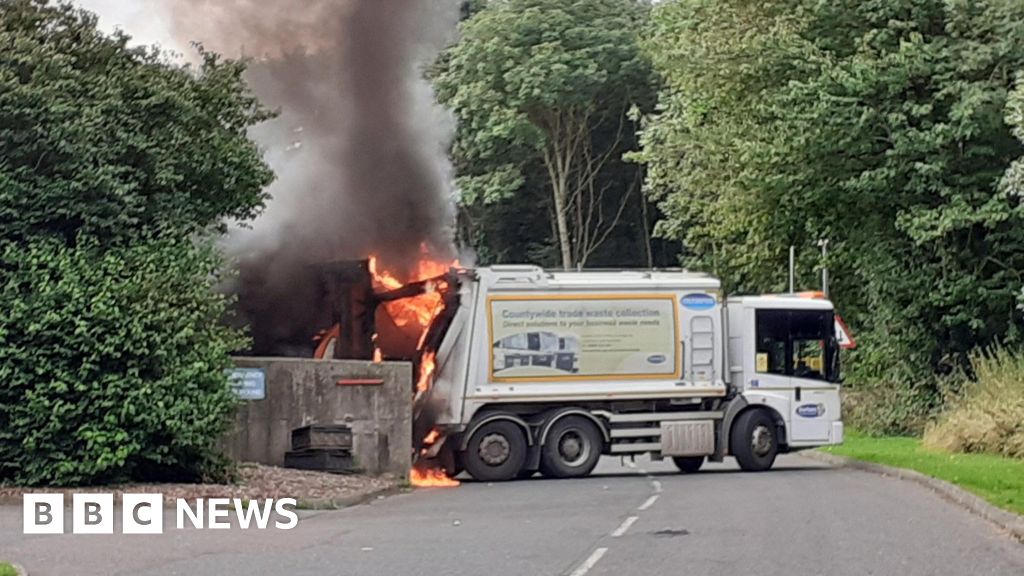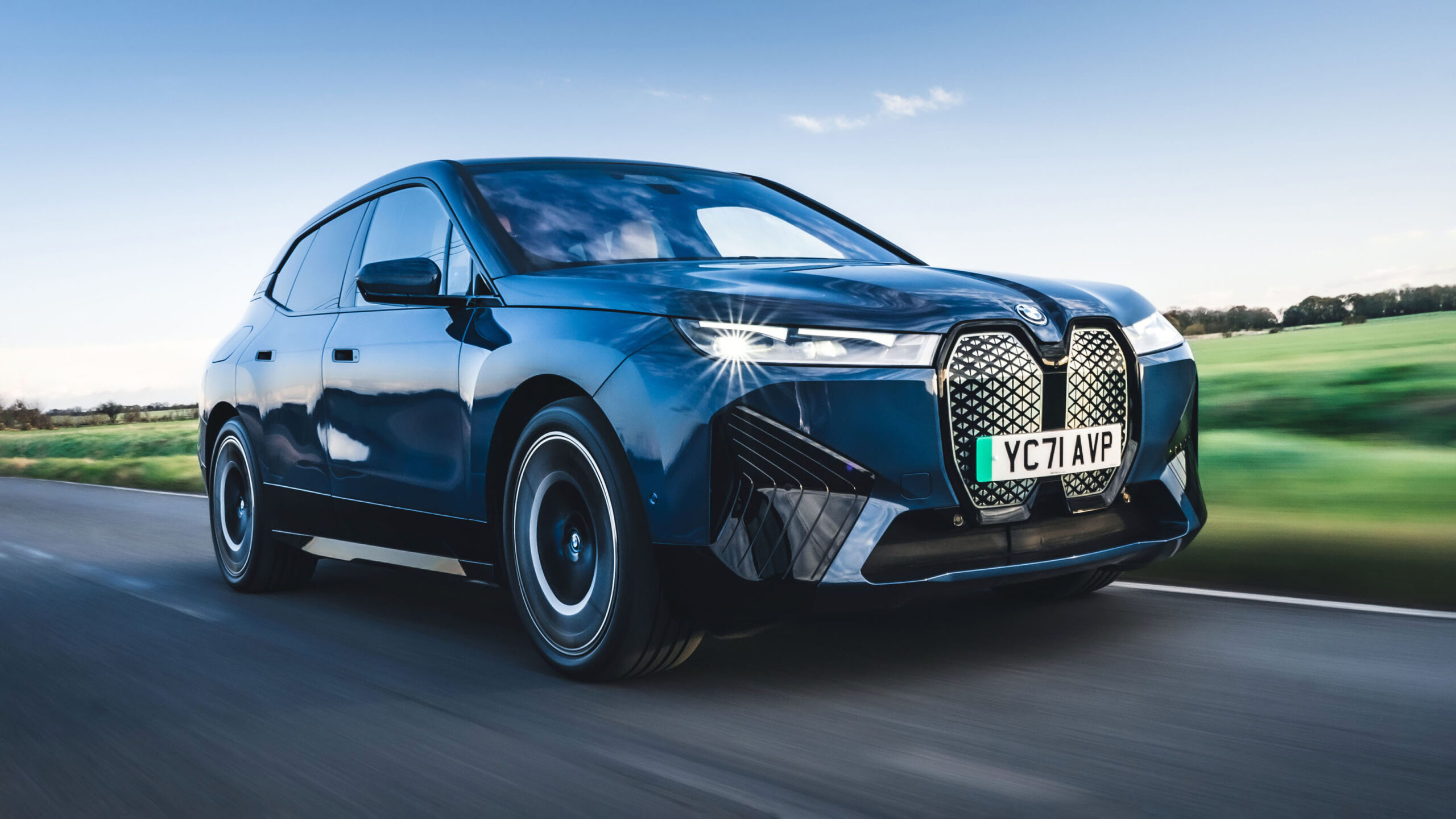By Tatiana Litta, Year 12,
The United Kingdom (UK) may require 40% of the world’s lithium by 2030 to meet the demand for electric vehicles. To mitigate this, engineers have proposed various strategies, such as reducing the size of the EV battery by 30%. This would decrease lithium demand by 17% and prevent mining 75 million tonnes of rock by 2040, the same as filling 17 Wembley’s.
The Royal Academy of Engineering report claims that demand for lithium has been increasing and could lead to a potential shortage. It suggests that the government has been heavily dependent on unsustainable and unreliable sources, such as the Lithium Triangle, which spans Argentina, Bolivia, and Chile. Using up to 2 million litres per ton of lithium extracted (The Guardian), it has been criticised for straining local water resources and depriving residents of multiple attempts.
Lithium has one of the highest mining burdens, with 1600t of mineral removed for every kg produced, compared with cobalt needing 860k (The Chemical Engineering). If the UK were to meet the projected electric vehicle demand for the upcoming years, 250,000 tons of lithium (Li-ion) would be required between 2018 and 2040. The individual demand for the UK is 3.5 times the global demand in 2020.
Therefore, it has been suggested that the government develop a strategy to reuse critical materials and adapt to the rise in demand, all by staying sustainable. People have suggested that the government should improve public transport and invest in research and development to boost the potential for future technological replacements within the car industry. For instance, sodium ion (Na – ion) batteries could be a potential alternative. Sodium is a naturally more abundant material found in the Earth’s crust and seawater. This, in turn, would make it more sustainable to extract and cheaper to source.
Furthermore, Na—ion has a lower environmental impact as Na is less water-intensive to extract. Na ion vs Li-ion could also be favoured in the UK as Na performs better at lower temperatures, making it a perfect suit for the UK. However, Na ion has its limitations: It has a shorter cycle life and is less energy dense, making it less efficient for niche applications such as electric vehicles.
In alignment, disposable vapes also contain a high lithium concentration as their battery source. It has been claimed that more than 8 million vapes are recycled incorrectly in the UK weekly (British Safety Council). The UK banned disposable vapes from June 1st, 2025, due to their addictive nature and negative externalities, as well as their cause of fires and smoke within bin lorries. In 2024, more than 1,200 fires were reported caused by vapes, doubling from the previous year.
Therefore, while it would be globally favourable for the United Kingdom to lower its demand and dependence on minerals such as lithium, it requires significant help and innovation. With a rise in population, addiction, and a shift to more environmentally friendly alternatives such as electric cars, the demand for lithium will keep on rising. We must answer by striving to collaborate and innovate to find a more sustainable alternative for us and the future. So, while engineers are busy shrinking your car batteries and hoping you’ll quit puffing on disposable vapes, it seems we’re all in a tight squeeze. We will all be driving smaller electric cars or cramming onto electric buses. So, it’s time to zoom into a greener future… and finally leave the puff behind.



